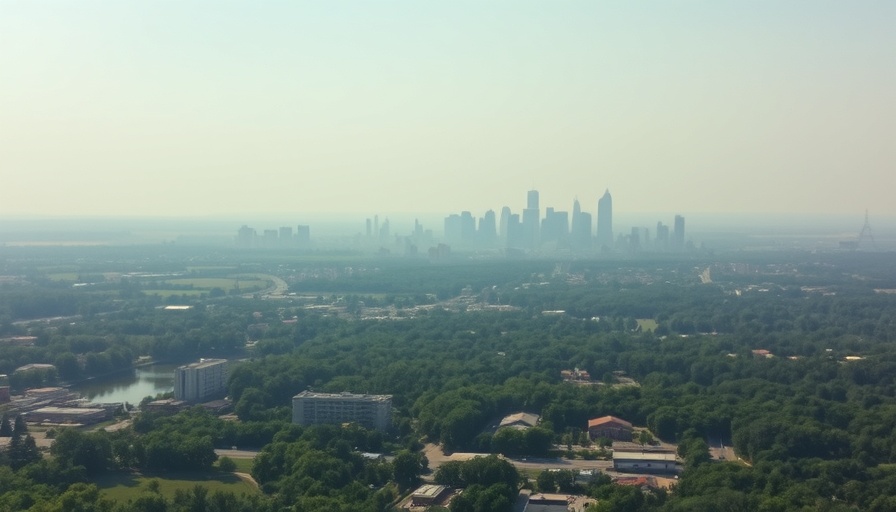
Wildfire Smoke Sweeps into Minnesota: What You Need to Know
This Sunday, residents of Minnesota are being alerted to hazy skies and decreased air quality due to smoke drifting south from persistent wildfires in Canada. The Minnesota Pollution Control Agency (MPCA) has issued statewide air quality alerts indicating that lingering smoke will impact much of the state, notably in regions close to the Canadian border.
Understanding the Impact of Wildfire Smoke
Wildfire smoke carries a mix of particles that can have both immediate and long-term health effects. For sensitive groups, such as people with respiratory conditions, children, and the elderly, even short-term exposure can exacerbate health issues, leading to increased coughing, shortness of breath, and other respiratory complications. It’s essential for residents to monitor local air quality reports and stay informed about precautions they can take.
Advice for Staying Safe
During smoke events, it is crucial to limit outdoor activities, especially strenuous exercise. Keeping windows and doors closed can help maintain indoor air quality. Running air purifiers and using air conditioning in recirculating mode can reduce smoke exposure indoors. The MPCA recommends checking the AirNow website for real-time air quality updates and advice. If you have a pre-existing health condition, it's wise to consult healthcare professionals regarding any symptoms you might experience during high smoke days.
Long-Term Effects and Future Considerations
The ongoing trend of more frequent and intense wildfires, driven by climate change and extreme weather, prompts concerns about air quality not just in Minnesota but across vast regions. As wildfires become a more common part of the landscape, there is an increasing need for public awareness and preparedness. Communities must come together to support those impacted by declining air quality, ensuring everyone has access to resources and information.
The Community's Response
Local awareness campaigns and community support initiatives are pivotal in addressing this persistent challenge. Community members are encouraged to share resources, provide updates on safety measures, and create safe environments for those most vulnerable to air quality issues. Schools may also consider adjusting schedules during high smoke events when air quality dips to help protect students’ health.
Conclusion
Wildfires are becoming ingrained in the fabric of our environment, highlighting the importance of collective action and personal responsibility in maintaining our health. Stay informed, take precautions, and support your community as we all navigate these challenges together.
 Add Row
Add Row  Add
Add 




Write A Comment